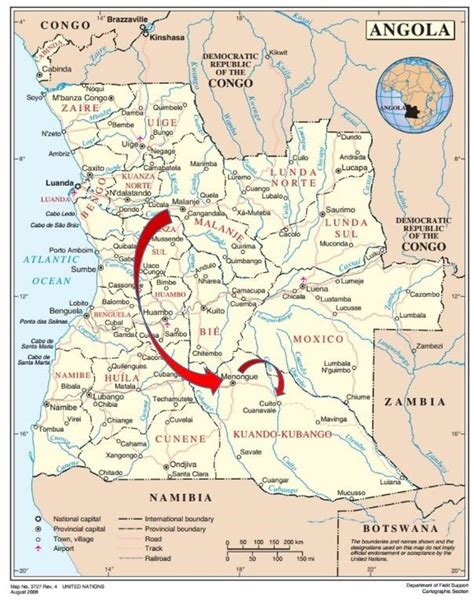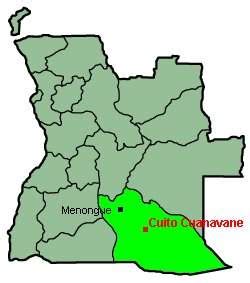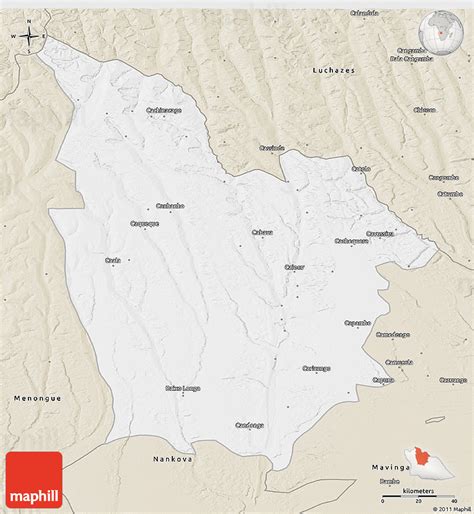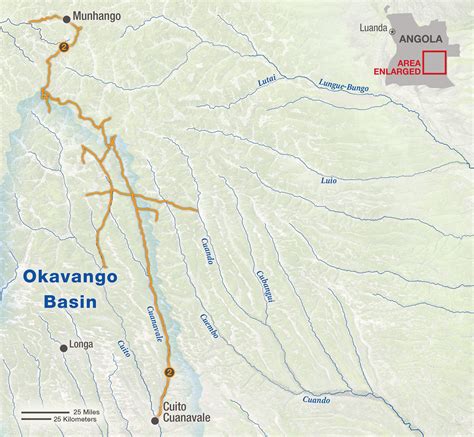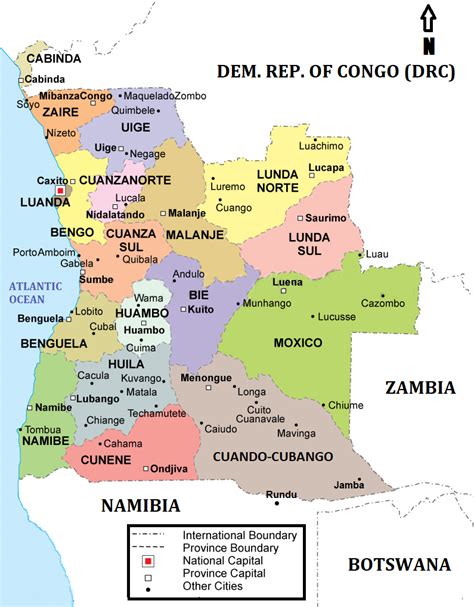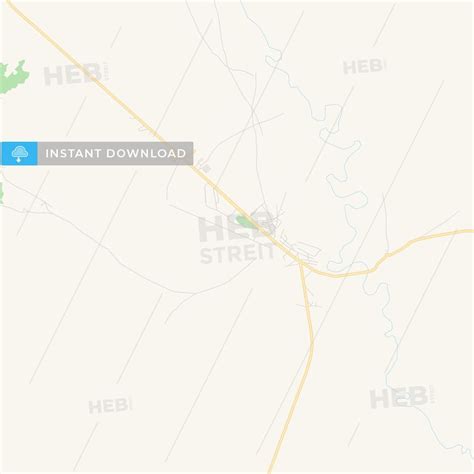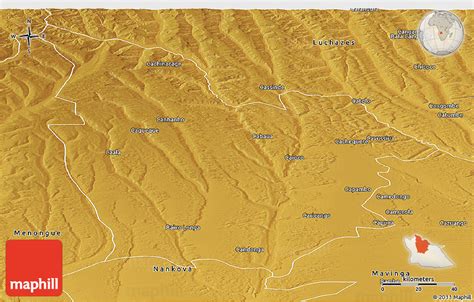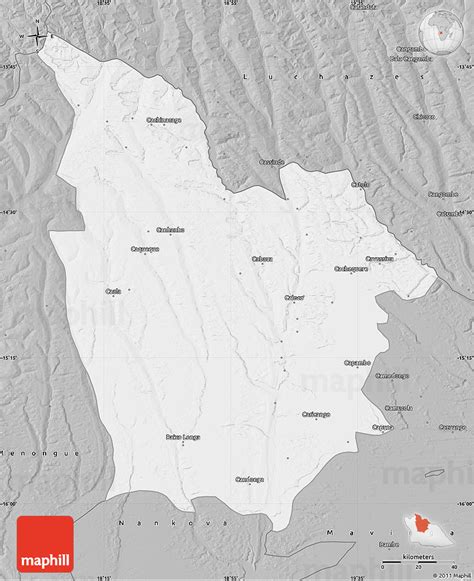Location: Cuito 🌎
Location: Cuito, Angola
Administration Region: Bié
Population: 355423
ISO2 Code: Bié
ISO3 Code: AGO
Location Type: First-level Admin Capital
Latitude: -15.1639
Longitude: 19.1731
The Battle of Cuito Cuanavale was fought intermittently between 14 August 1987 and 23 March 1988, south and east of the town of Cuito Cuanavale, Angola, by the People’s Armed Forces for the Liberation of Angola (FAPLA) and advisors and soldiers from Cuba, USSR, Vietnam, ANC and SWAPO against South Africa, and soldiers of the National Union for the Total Independence of Angola (UNITA) during the Angolan Civil War and South African Border War. The battle was the largest engagement of the Angolan conflict and the biggest conventional battle on the African continent since World War II. UNITA and its South African allies defeated a major FAPLA offensive towards Mavinga, preserving the former’s control of southern Angola. They proceeded to launch a failed counteroffensive on FAPLA defensive positions around the Tumpo River east of Cuito Cuanavale.
Following a number of failed attempts to take the settlements in 1986, eight FAPLA brigades mustered for a final offensive—Operação Saludando Octubre—in August 1987 with extensive auxiliary support from one of Angola’s closest military allies, the Soviet Union. The FAPLA offensive took the form of a two-pronged, multi-divisional movement southwards towards Mavinga, a major UNITA stronghold and logistics centre. Once Mavinga was in its hands, FAPLA intended to expel the remaining insurgents from Moxico Province and pave the way for a final assault on the UNITA headquarters at Jamba. The Soviet Union supplied FAPLA with over a billion dollars’ worth of new military hardware for the purpose of this offensive, and between 4 and 9 Soviet advisers were attached to each FAPLA unit on the brigade level.South Africa, which shared a common border with Angola through the contested territory of South West Africa (Namibia), was then determined to prevent FAPLA from gaining control of Mavinga and allowing insurgents of the People’s Liberation Army of Namibia (PLAN) to operate in the region. Saludando Octubre prompted the South African Defence Force (SADF) to underpin the defence of Mavinga and launch Operation Moduler with the objective of stopping FAPLA’s advance. After weeks of preliminary skirmishes, the two armies met at the Lomba River on 6 September. Throughout September and October, the SADF repulsed several FAPLA attempts to cross the Lomba and destroyed most of the latter’s vital bridging equipment. Repeated counterattacks by the SADF’s 61 Mechanised Battalion Group resulted in the annihilation of FAPLA’s 47 Brigade and the loss of its remaining bridgeheads, sending the remainder of the FAPLA units reeling back towards Cuito Cuanavale.During the second phase of the campaign, the SADF and UNITA made several unsuccessful attempts to encircle and destroy the surviving FAPLA forces before they could establish new defensive positions east of Cuito Cuanavale, an initiative known as Operation Hooper. However, FAPLA succeeded in concentrating its forces within a cramped perimeter between the Cuito, Tumpo, and Dala rivers known as the “Tumpo Triangle”. Here they were protected by the terrain and by extensive minefields. They were also reinforced by a number of Cuban armoured and motorised units, who had become more directly committed to the fighting for the first time since the beginning of Cuba’s military intervention in Angola in 1975. The SADF and UNITA launched six heavy assaults on the Tumpo Triangle under the auspices of Operation Packer. The defending FAPLA and Cuban troops held their lines in the Tumpo Triangle. The SADF and UNITA disengaged in March 1988, after laying a series of minefields southeast of Cuito Cuanavale to dissuade a renewed FAPLA offensive.Both sides claimed victory. The Cuban and FAPLA defenders had interpreted the SADF’s Tumpo Triangle campaign as part of a larger effort to seize the town of Cuito Cuanavale itself and presented their stand there as a successful defensive action. The SADF claimed that it had achieved its basic objectives of halting the FAPLA offensive during the Lomba River campaign without needing to occupy Cuito Cuanavale, which would have entailed unacceptable losses to its expeditionary force.Today, the Battle of Cuito Cuanavale is credited by some with ushering in the first round of trilateral negotiations, mediated by the United States, which secured the withdrawal of Cuban and South African troops from Angola and Namibia by 1991.
Top Cuito HD Maps, Free Download 🗺️
Map
Maps
United States
United States
World Map
China
China
